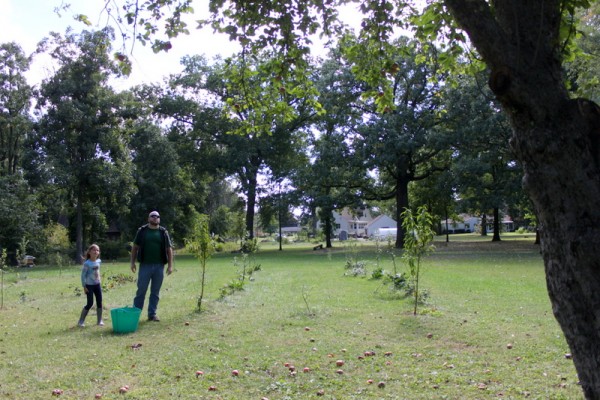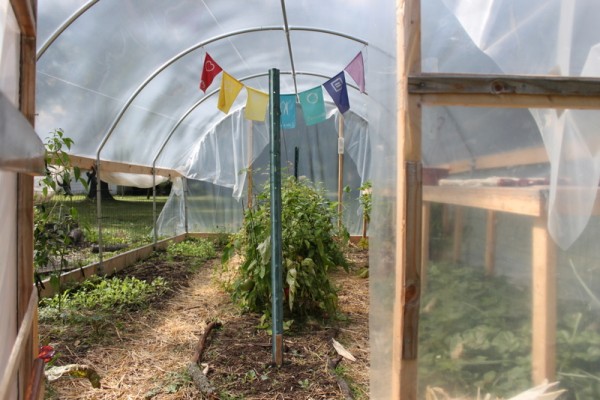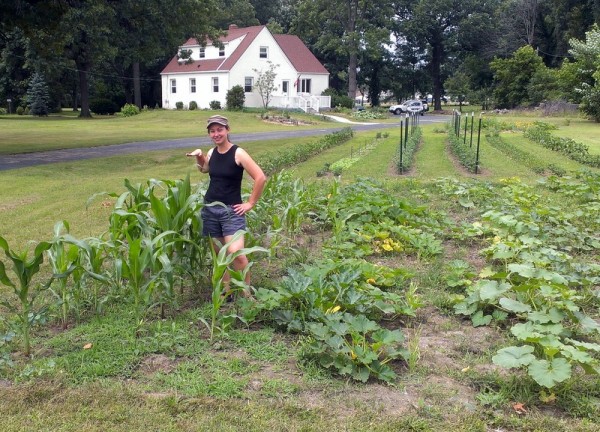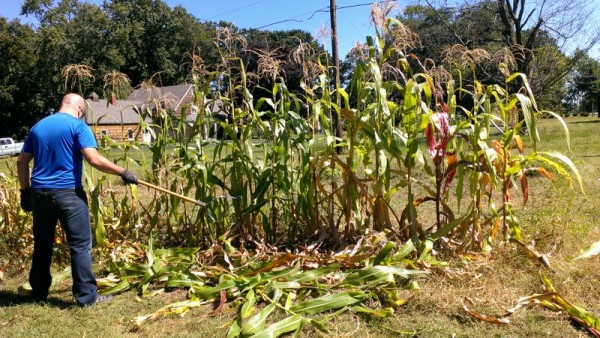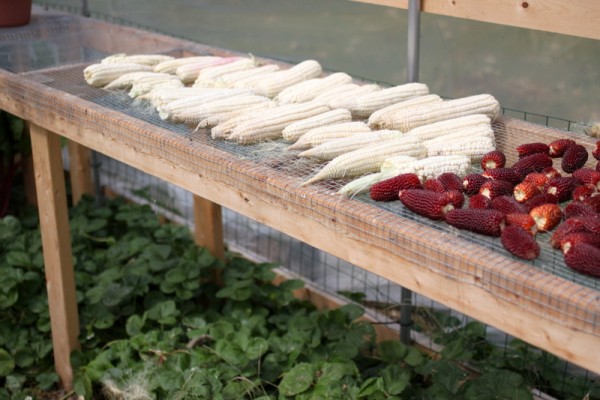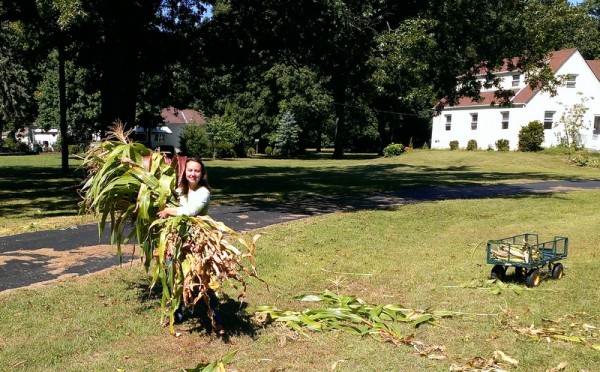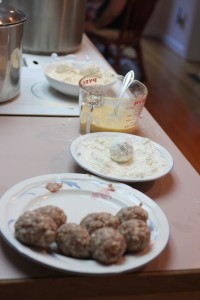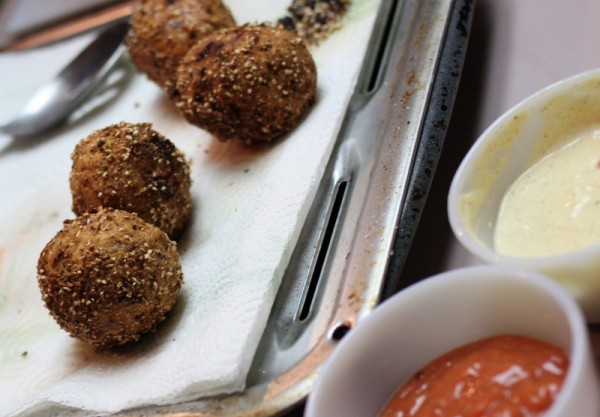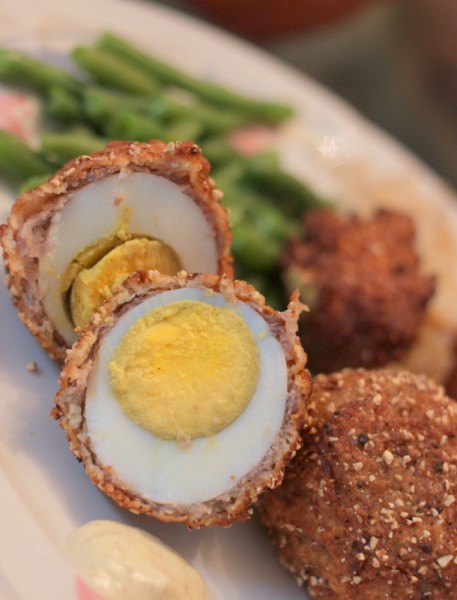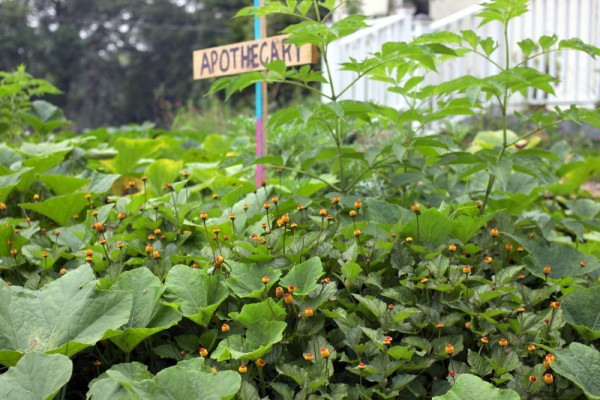 We've made no bones about the fact that we strongly dislike our current kitchen. We're slowly planning a complete renovation to make the kitchen more attractive, comfortable, and functional.
We've made no bones about the fact that we strongly dislike our current kitchen. We're slowly planning a complete renovation to make the kitchen more attractive, comfortable, and functional.
Kitchen renovation is nothing new to us - we've done it from the floor up twice before. In fact, if I'm counting correctly, we've purchased six new kitchen appliances in the last ten years and are searching for round three. We loved some of our appliances and quickly found fault with others.

What Makes An Ideal Kitchen Appliance?
1. Efficient Use of Space - In our last house, we bought a refrigerator with a bottom freezer that we placed against a wall. Even with several inches of clearance on the wall side, the cheese drawer could never fully open and we had to stretch to reach the back of some shelves. My parents' fridge, a french door side-by-side, cannot fit a cookie sheet in the freezer. This is a must for us for freezing sausage, berries, and more. Some dishwashers are able to hold many more dishes just by smart design.
The ideal appliance will take every opportunity to maximize usable space. The Electrolux French Door Refrigerator, pictured above, has adjustable shelves that make sense - they allow you to store extra-large platters or tall pitchers easily. In a fridge, space efficiency is especially important as fuller fridges use less energy. Which brings us to...
2. Energy Efficiency - We only buy Energy Star rated appliances, meaning they are 15% minimum more efficient than the bottom-performing appliances. This saves us money in electric and gas bills and protects the environment. Among Energy Star rated appliances, we read the yellow tag to compare energy usage, choosing the lowest possible for our needs.
3. Classic Appearance - We are far from design snobs, but we do appreciate timeless aesthetics. A green glass covered fridge (yep, I actually saw one in a design article) might look cool today but will soon be dated. Smudge-free stainless seems to be an updated classic here to stay. We like clean lines that will be ageless, despite the current trend.
4. Special Features - Alex is a bit of a gadget geek and likes innovative technology. Discerning controls, child proofing features, and professional-level upgrades are hailed as the next great thing. We like to wade past the lingo and find elements that are actually needed and function as intended.
5. Functionality - Finally, and most importantly, an appliance must function as we need it to. Our cooktop has to be able to bring a large pressure canner up to temperature and hold it there. (Ahem, not our current under-powered glass-topped electric.) A good oven heats evenly. The Electrolux French Door Refrigerator has several Perfect Temp features including a drawer with a customizable temperature zone ranging from 28 - 42 degrees and humidity controlled Crisper Drawers. A fridge must keep foods cool but not frozen.
What Do You Look For In A Major Appliance?
Are you pining for a new fridge? Now through August 22, visit www.livelovelux.com and enter the Electrolux Perfect Temp Sweepstakes daily for a chance to win your own Electrolux French Door Bottom Mount Refrigerator and a trip to a climate with a perfect temp - the sunny Abaco Islands in The Islands Of The Bahamas. For every entry and share, Electrolux will donate $1 to Ovarian Cancer Research Fund (OCRF) with the goal of reaching $125,000.
In the meantime, practice for beach-drinking with this recipe for a zephyr.
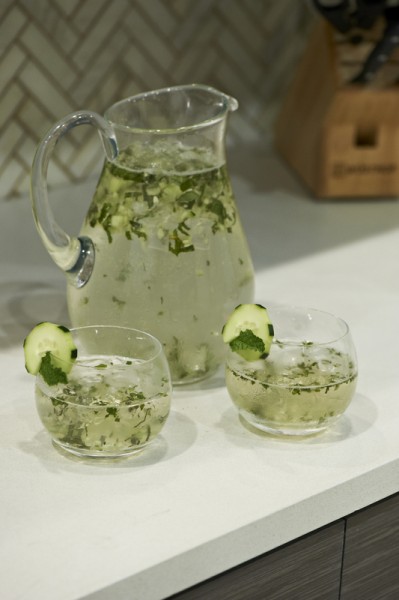 Summertime Zephyr
Serves 1
by Kelly Ripa
Summertime Zephyr
Serves 1
by Kelly Ripa
"One of my favorite warm-weather beverages is a Summertime Zephyr. The combination of cucumber and mint
are the absolute epitome of refreshment.
• Muddle two pieces of cucumber, two sprigs of sage, two sprigs of mint and one sugar cube together
• Once all ingredients are muddled, add in one ounce of gin and mix together
• Add a few ice cubes and top off with a splash of soda
• If I decide to make a pitcher for a larger crew, the versatile Luxury-Design Lift Off Shelves in my Electrolux
refrigerator allow me to customize the space so my pitcher has a safe, designated area and the designer LED
Lighting provides full visibility, even when the refrigerator is full of other party treats."
I was selected for this opportunity as a member of Clever Girls Collective and the content and opinions expressed here are all my own.
 This big oak may look like nothing much has changed since the Winter Solstice, Spring Equinox, and Summer Solstice snaps, but it did have an exciting moment. During a thunderstorm in July, lightning arched off the ground and struck her trunk, sizzling a family of squirrels and leaving a scar across the bark.
This big oak may look like nothing much has changed since the Winter Solstice, Spring Equinox, and Summer Solstice snaps, but it did have an exciting moment. During a thunderstorm in July, lightning arched off the ground and struck her trunk, sizzling a family of squirrels and leaving a scar across the bark. 


